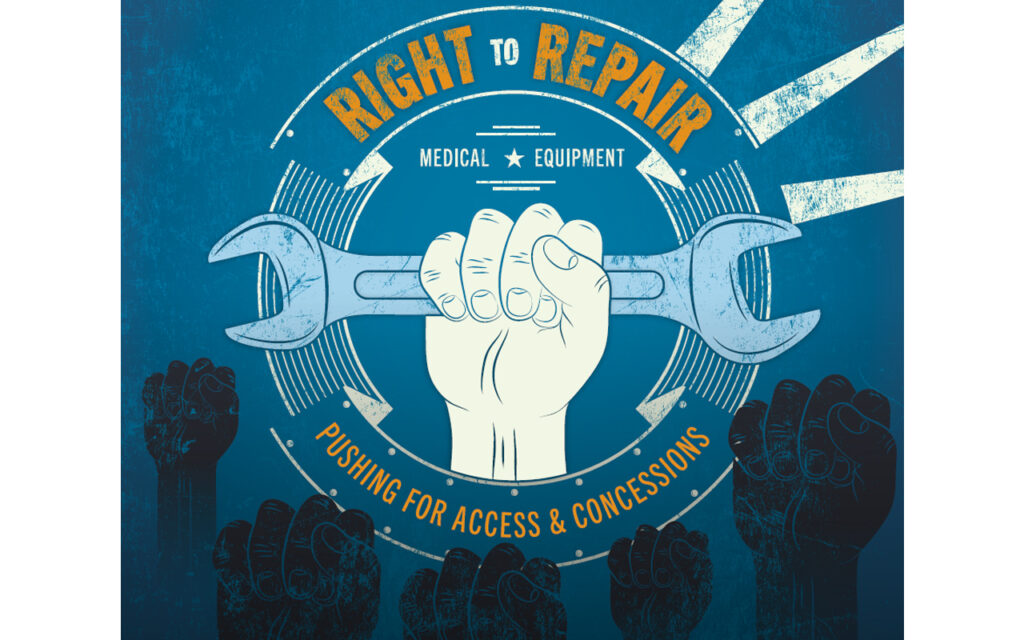by Matthew Rimmer
Faculty of Business and Law, Queensland University of Technology (QUT), Brisbane, QLD 4000, Australia
Sustainability 2023, 15(20), 14839; https://doi.org/10.3390/su152014839

Received: 31 July 2023 / Revised: 6 September 2023 / Accepted: 13 September 2023 / Published: 13 October 2023
(This article belongs to the Special Issue Sustainable Logistics and Supply Chain Management in the Post-COVID-19 Era: Future Challenges and Challenging Futures)
Abstract
This article considers the strengths and limitations of the use of 3D printing and additive manufacturing for the production of personal protective equipment (PPE) during the COVID-19 public health crisis. It explores the role of the Maker Movement in addressing the shortfall in medical equipment during the public health pandemic. Taking a comparative approach, this article evaluates the responses of both the commercial and amateur sides of the 3D printing community to the COVID-19 public health crisis. In the EU, the Fab Lab Network sought to overcome a breakdown in supply chains. In the US, Dale Dougherty of Make Magazine promoted Plan C, in which volunteers have worked together to produce PPE. In Australia, 3D printing has been used to augment supplies of PPE. In this context, a key issue across jurisdictions has been the tension between intellectual property rights and the right to repair—particularly when 3D printing has been applied to deal with shortages in PPE. Senator Ron Wyden put forward the Critical Medical Infrastructure Right-to-Repair Act of 2020 (US) to try to resolve these tensions. Open licensing has proven to be a helpful mechanism to enable open collaboration and sharing of 3D printing designs for the purposes of health care. Nonetheless, it is argued that there should be stronger recognition of the right to repair—particularly in the context of health-care and medical devices. The COVID-19 crisis has highlighted that there needs to be a broader array of intellectual property flexibilities to deal with public health emergencies—including in respect of the right to repair. As such, this article supports a broad vision of a TRIPS Waiver which includes the right to repair. The recognition of a right to repair will help promote the realization of the Sustainable Development Goals and a COVID-19 recovery. The topic of the medical right to repair has larger implications for sustainability and the Sustainable Development Goals (SDGs), particularly in respect of responsible production and consumption (SDG 12), as well as good health and well-being (SDG 3), innovation (SDG 9), and partnerships for the goals (SDG 17).
Keywords: intellectual property; 3D printing; the Maker Movement; the right to repair; COVID-19; sustainability; sustainable development goals; pandemics
Reference:
Matthew Rimmer, ‘The Medical Right to Repair: Intellectual Property, the Maker Movement, and COVID-19’ (2023) 15 (20) Sustainability article no. 14839, https://doi.org/10.3390/su152014839




